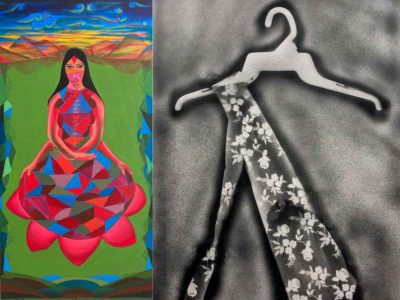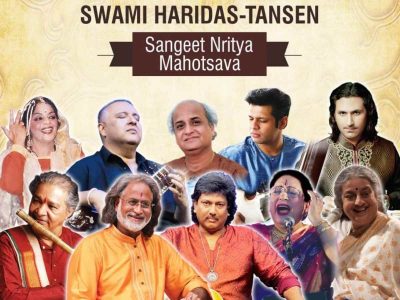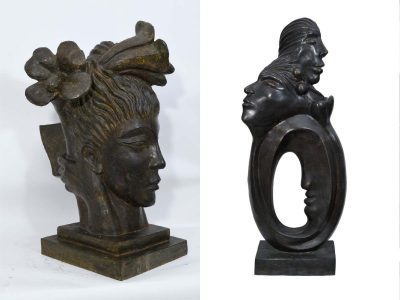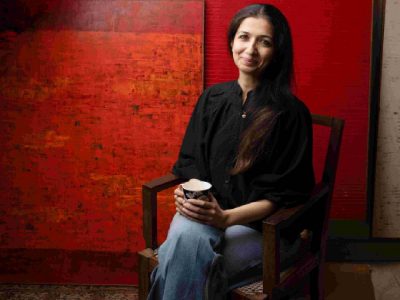The exhibition will feature nine artists in five art forms – which have enjoyed tremendous patronage both in the domestic and international market – to encapsulate the significance of water. In both literature and art, water is considered the universal symbol of change – it is forever flowing, and can take any course. Pravaah too will emphasize the dynamic energy that water epitomizes.
Announcing the art show, Pragati Agarwal, Founder of Art Tree, said, “Manifesting itself in various forms, water remains a recurring theme in Indian mythological art and culture. The exhibition tries to bring forth the various attributes of water that the eclectic mix of artists will be featuring in their works.” The five art forms by various artists from India will set the tone for the exhibition.
Madhubani Painting, also known as Mithila Art, is practiced in the Mithila region of Bihar and adjoining parts of Terai in Nepal. The paintings are made using fingers, twigs, matchsticks and pen nibs and are conventionally based on mythological, folk themes and pastoral symbols.
Pattachitra is one of the oldest and most popular art forms of Odisha. It features themes that are based on Lord Jagannath and Radha-Krishna, Balabhadra and Subhadra, the ten incarnations of Vishnu based on ‘Gita Govinda’ of Jayadev, Kama Kujara Navagunjara, Ramayana and Mahabharata.
A 700-year-old legacy passed down over generations within a single family, Phad finds its origins in Shahpura, Rajasthan. It is a type of scroll painting that narrates elaborate religious stories of local deities and gods.
Rare art from Braj, Sanjhi is an expression of the devotional love that was unveiled in the temples. It is said to have originated at the time of Lord Krishna when Radha and Gopis too used to create beautiful patterns out of leaves and flowers creating decorations for Krishna. Created mostly in white with the occasional dash of red or yellow – Warli originated from the indigenous tribes of the coastal areas of Maharashtra and Gujarat where women are mainly engaged in the creation of these paintings. The paintings are mostly a combination of geometric shapes representing the elements of nature, depicting social life and scenes from daily.
Where: Open Palm Court, India Habitat Centre
When: 17-21 August, 11 am to 7 pm
For more stories that cover the ongoings of Delhi NCR, follow us on:
Instagram: instagram.com/thepatriot_in/
Twitter: twitter.com/Patriot_Delhi
Facebook: facebook.com/Thepatriotnewsindia





